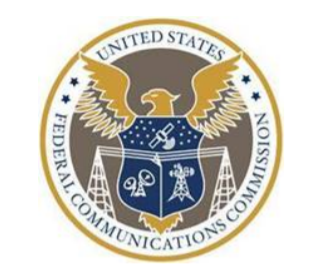The FCC adopted an order to provide an up-to-$75 monthly broadband benefit for subscribers living in qualifying high-cost areas through the Affordable Connectivity Program (ACP). The boost was directed by the Infrastructure Act.
The Act specified the monthly benefit would support providers that can demonstrate that the standard $30 monthly benefit would cause them to experience “economic hardship” such that they would be unable to maintain part or all of their broadband network in a high-cost area. Congress directed the NTIA, in consultation with the FCC, to identify the high-cost areas that would be eligible for the enhanced ACP high-cost area benefit.
Agency officials hope the money will incentivize providers to participate in the ACP or at least continue to serve rural and insular areas. By strengthening the business case for providers to deploy broadband in rural and insular areas, the high-cost area benefit supports other federal initiatives, according to the agency.
Providers may annually resubmit an economic hardship showing to continue receiving the high-cost area benefit. The change also outlines the steps providers must take to provide advance notice and a transition path for ACP consumers if the provider no longer qualifies to offer the benefit.
In voting for the change, Commissioner Nathan Simington said the goal is to prevent government waste and undermine the incentive to invest in high-cost areas. “Imagine you’re a provider who runs a lean and efficient corporation with reasonable profit despite operating in a difficult to serve area. Because eligibility in this space is provided for each provider, a poor implementation would allow an inefficient and otherwise unprofitable competitor to qualify for the benefit,” one that “you can’t qualify for because you run your business too well. Punishing for running yours well and benefiting the one who runs it poorly is not what Congress intended,” said Simington.
Commissioner Geoffrey Starks said as of last week, all 50 states have at least 14,000 households enrolled, and 37 states have 100,000 enrolled. Several thousand rural zip codes, and more than 80 percent of non-metro counties, have at least 100 households enrolled, he noted.
Starks said the ACP and BEAD work hand in hand. “By helping more users get and stay on the network, ACP reduces the size of the funding gap that states will have to bridge—by as much as 25 percent according to a recent study. In that way, ACP makes each state’s BEAD allocation travel much, much further,” Starks said.
By Leslie Stimson, Inside Towers Washington Bureau Chief





Reader Interactions